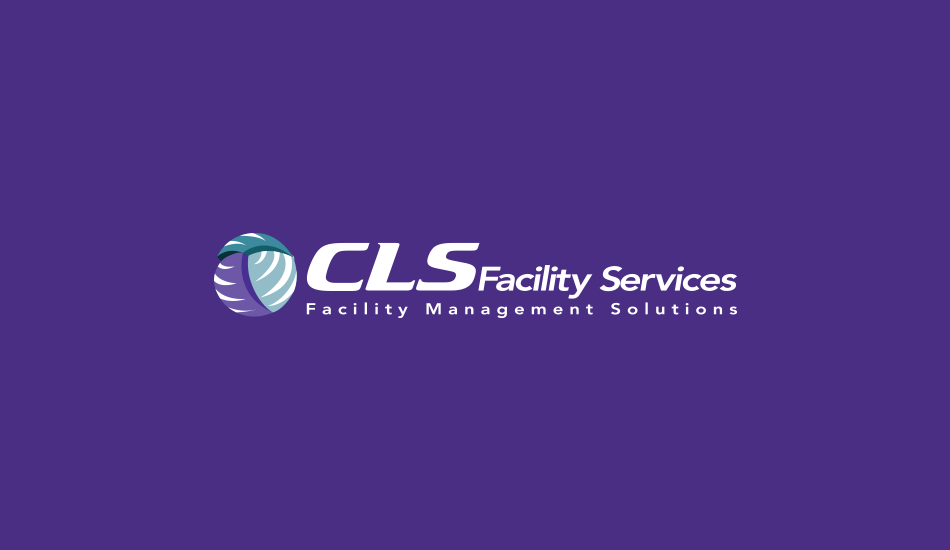Facility Maintenance Savings Part I: Smart Planning and Implementation with Day-to-Day Services
In previous blogs, we at CLS Facility Services have provided strategies and tips for ensuring the smooth and efficient operation of HVAC, lighting and electrical, signage and EMS systems throughout each of your stores.
In this two-part “mini-series,” we want to touch on some strategies to cut your facility maintenance budget for 2017.
The timing of this series is no accident. 2017 will be here before you know it, and fall is typically the time when facility managers start thinking about and planning budgets for the next calendar year. If you’re like most facility managers, you’ll probably be tasked with providing the same –or possibly even more – services with a similar budget to this year’s. You may also be asked to cut a certain percentage of your facility maintenance spend. In fact, this is becoming more the norm than the exception.
That’s where this mini-series comes in. Whether cutting that spend is a mandate or an initiative of your own making, it is possible. You can achieve it—and you can do so without cutting essential services.
In this Part I installment, we’ll touch briefly on day-to-day service cost savings.
So what’s going to be your key savings strategy in terms of day-to-day service? The answer is simple: information.
At CLS, we keep track of all relevant information regarding all of our clients’ HVAC and other building service equipment. This includes a detailed service call history for each location, whether it’s HVAC, lighting and electrical or sign maintenance. We do this so that we can see what specific work was previously done at a given site, and when it was performed. Given a complete and accurate work history, everyone – including the facility manager and their service provider – can make smarter decisions in planning preventive maintenance (PM), and quoting repairs and/or replacement, in order to assure spends are justified.
For example, if our CLS technicians are called to a particular store to address an issue with a particular unit, and our database shows that we’ve made several previous service calls to that location to address that same unit, we may determine based on that documented history that we need to quote replacement of the unit, rather than say, replacement of the heat exchanger.
Certainly, that new unit will cost more in the short term than a new heat exchanger. But chances are, it will have needed to be replaced anyway, given that it was malfunctioning fairly regularly. Any additional service calls on it – whether regular or emergency – would have added considerable and unnecessary expense to that facility manager’s bottom line in addition to the eventual replacement cost. By keeping a thorough database of all that client’s HVAC equipment, and the dates and details on all those service calls, we can save the client considerable money on service calls—and the new unit functioned like a new unit should, maintaining optimal conditions at maximum efficiency.
It all seems pretty logical, doesn’t it? We think so. But lots of companies and property owners – from small operators to multinational retailers – don’t keep updated lists of their building system assets, including key metrics and service history. Even more surprising, many of their outsourced service providers don’t do this, either.
At CLS, we maintain an equipment database of all client stores where we perform PM and repairs. Metrics include the age of the equipment, the service call volume and other key variables (including geographic and atmospheric factors). Taking that information, we then working with the client to analyze their lease information and determine what kind of repairs we should recommend based on how long that store is slated to remain on their asset list.
By making the proper recommendations, we help each client reduce their spend in the short and long term—and help ensure that each spend is justified.
Savings Apply Across the Facility Management Spectrum
We think our HVAC example above illustrates our point about maintaining complete asset information. Keep in mind that this strategy applies to other critical building systems as well. For lighting and electrical, you can cut significant facility maintenance costs for 2017 by keeping track of work history on each asset at each site. This will enable you to track usage, asset age and warranty information on materials being used. You can also see whether a particular store has been experiencing electrical issues based on the call history at that given site.
By leveraging the experience and capabilities of a large national company like CLS, you’ll realize big savings through competitive pricing on materials, as well as proper insights on recommended replacements. Perhaps you want to replace older lighting technologies with LEDs to create large maintenance and energy savings. The experience and capabilities of a capable partner will pay big dividends. The same applies to signage maintenance as well.
Overall, we think budgetary savings can best be realized by partnering with a single facility management company to service all your locations. Doing so will help to ensure that the scope of work being performed – whether it’s PM, repairs or replacements – is thorough and based on a single system and operating philosophy.
In our next installment, we’ll touch on budget savings strategies that apply to project work and energy savings. If you are looking for a facility management company for 2017, learn more about CLS Facility Services by contacting us at 800-548-3542 or by filling out our contact form.




